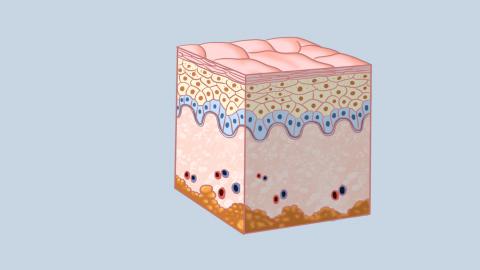Will nasal augmentation with a dermal fat flap cause the nose to widen?
Generally, dermal fat flap rhinoplasty refers to implanting dermal fat flaps taken from one's own body, such as from the buttocks or navel area, into the depressed areas of the nose to achieve a reshaping effect. The general reference price for dermal fat flap rhinoplasty ranges from 3000 to 10000 yuan per session. Noticeable improvement can usually be seen within one to two weeks, although symptoms such as redness and swelling may occur. Whether the nose will widen after dermal fat flap rhinoplasty mainly depends on the amount of filler used and individual absorption rates. If the injected amount is moderate and the body absorbs it well, widening may not occur. However, if excessive filler is injected and the absorption is poor, the nose may widen. Detailed explanations are as follows:

If an appropriate amount of dermal fat flap is used during the rhinoplasty and the body's metabolism is relatively fast, allowing rapid absorption within a short time after injection, the nose typically will not widen. Since the dermal fat flap is extracted from the patient's own body, it can integrate well with the individual's physical condition and is less likely to cause rejection reactions, thereby achieving the desired rhinoplasty results.
However, if too much dermal fat flap is injected during the procedure and the metabolism and absorption rates are slow, it may lead to the dermal fat flap failing to integrate with the skin, causing an uneven surface and ultimately making the nose appear wider and larger. This could even affect the overall nasal shape. In such cases, medical advice should be followed to remove part of the dermal fat flap to ensure even filling of the depressed areas.
To ensure safety and prevent adverse reactions, it is recommended that dermal fat flap rhinoplasty be performed at reputable aesthetic medical institutions. Additionally, adequate rest should be taken after surgery, and strenuous activities should be avoided in the short term.




